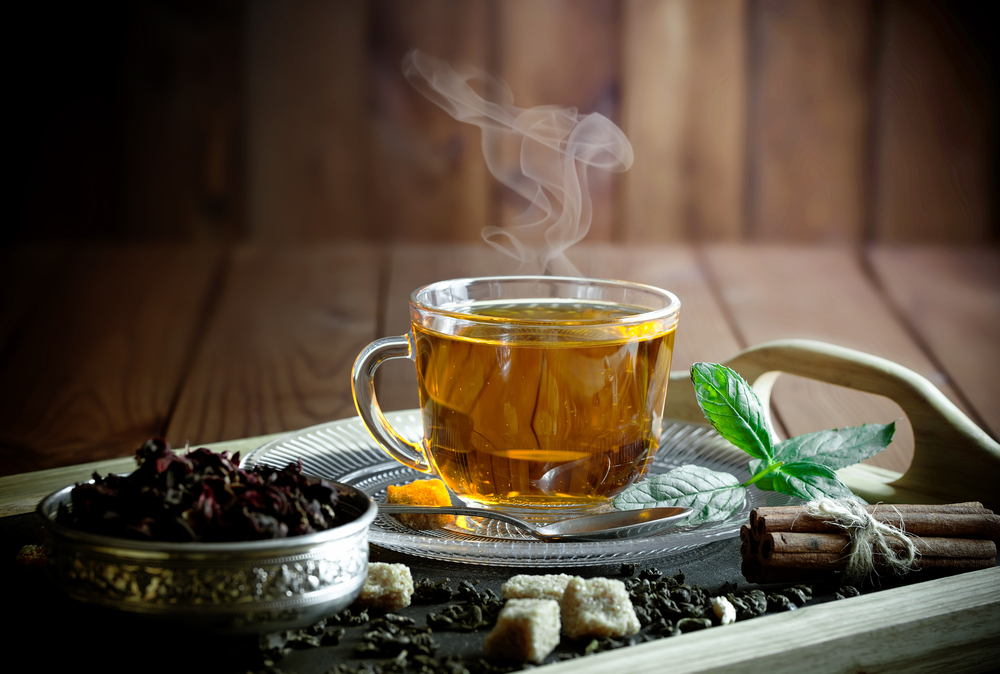
farming
Let’s face it—tea can feel like a whole universe when you’re new to it. There’s the endless variety, the brewing rituals, the health claims… and then there’s that word that keeps popping up on the labels: organic.
Is it just a buzzword? Or does it actually matter?
This guide is your shortcut into the world of organic tea—what it really means, how to navigate the types, and which blends are worth a spot in your mug. If you’re ready to make your tea habit more intentional (and enjoyable), you’re in the right place.
What “Organic Tea” Actually Means—And Why It Matters
“Organic” isn’t just a feel-good label. It signals that the tea was grown without synthetic pesticides, fertilizers, or GMOs. But beyond what isn’t used, organic tea reflects a broader approach to farming—one that supports healthier soil, cleaner water, and more sustainable ecosystems.
That matters for a few reasons:
- For your body: Tea is often steeped directly in hot water, and you drink that infusion. So, if there are chemical residues on the leaves, you’re likely ingesting traces of them.
- For the planet: Conventional tea farming can deplete the soil and contaminate local water sources. Organic methods aim to work with nature, not against it.
- For the taste: Healthy soil = healthier plants. And healthier plants often yield more vibrant, nuanced flavors.
So yes, when it’s done right, organic tea isn’t just a trend. It’s better for you, and it’s better for the land it grows on.
Breaking Down the Main Types of Organic Tea
If you’re staring at the tea aisle like it’s written in a foreign language, here’s your cheat sheet. Every major type of true tea comes from the same plant—Camellia sinensis. What makes them different is how they’re processed.
Green Tea
Steamed or pan-fired soon after harvesting to stop oxidation, green tea keeps its natural color and antioxidant punch. The flavor? Grassy, slightly sweet, sometimes vegetal. It’s light, energizing, and known for supporting focus without the crash.
Black Tea
Fully oxidized and bold in both color and flavor. Black tea has more caffeine than green or white, making it a popular coffee substitute. It also holds up well with milk, which is why it’s a staple in chai and breakfast blends.
White Tea
The most minimally processed. Just young leaves and buds dried gently. White tea is mellow and subtle—almost like the whisper of a tea. Low in caffeine and high in antioxidants, it’s ideal if you want something delicate but still complex.
Oolong Tea
Partially oxidized, oolong is the in-between tea—richer than green, lighter than black. Some varieties are floral and creamy; others are roasted and nutty. Oolong invites you to slow down and pay attention—it evolves as it steeps.
Herbal Tea (Technically Not Tea, But Still Great)
Made from herbs, flowers, roots, and fruits. No caffeine. No Camellia sinensis. Just pure plant infusions. Think of herbal tea as functional hydration—flavorful, comforting, and often tied to specific benefits like digestion, sleep, or stress relief.
Brewing Better Tea: Small Changes, Big Results
Here’s the thing: tea isn’t just about the leaves—it’s about what you do with them. You don’t need fancy tools to brew a good cup, but a little intention makes all the difference.
- Water quality matters. Tea is 99% water. Use filtered water when possible to avoid off-flavors.
- Temperature isn’t a suggestion—it’s a strategy. Too hot, and you scorch green or white teas. Too cool, and black tea ends up weak. Learn your tea’s ideal temperature range and aim for it.
- Timing affects everything. Under-steeped tea tastes watery. Over-steeped? Bitter or muddy. Set a timer, even if it feels fussy—it’s worth it.
And here’s a pro move: taste your tea before adding anything to it. That way, you train your palate to pick up on the natural flavors—and start understanding what you really like.
5 Organic Tea Flavors You Should Definitely Try
Not sure where to begin? Start with these widely loved, beginner-friendly picks:
- Jasmine Green Tea – Floral, smooth, and lightly caffeinated. Great entry point for green tea skeptics.
- Earl Grey (Organic Black + Bergamot) – Citrusy and aromatic. Feels timeless and classy.
- Peppermint Herbal – Refreshing, sharp, and cooling. Ideal after meals or for clearing your head.
- Chamomile – Calming and slightly sweet. A go-to if you struggle with sleep or stress.
- Hibiscus – Bold, tart, and vitamin C-rich. Think cranberry vibes, but brighter.
These teas aren’t just tasty—they each have unique benefits, too. From digestion to sleep to gentle energy, there’s likely a flavor that meets your needs and your taste preferences.
Smarter Sipping: How to Buy and Store Organic Tea
Buying organic tea isn’t complicated, but it pays to be a bit choosy.
- Look for third-party certification. “Organic” should mean something—check for USDA Organic or other reputable labels.
- Read the ingredients. Ideally, it should list the tea leaves or herbs, and… that’s it. If there’s a long list of flavorings or additives, move on.
- Don’t overbuy. Tea doesn’t spoil fast, but it does fade. Buy small quantities, especially when trying new varieties.
And for storage? Cool, dark, dry, and airtight. Keep your tea away from strong odors (yes, your spice cabinet is a bad neighbor). Light and heat break down flavor fast.
Sip With Intention
Here’s the real magic of tea—it creates space. Even if it’s just five minutes, making a cup of organic tea can shift your mindset. It slows you down. Connects you to a plant, a process, a pause in your day.
So whether you’re just trying to drink fewer sugary drinks or you’re on a journey toward healthier habits, tea can be a simple but powerful step. One cup at a time.
Try one new organic tea this week. Brew it with care. Notice how it tastes, how it makes you feel. That’s where the journey starts—and trust me, it only gets better from here.
Write and Win: Participate in Creative writing Contest & International Essay Contest and win fabulous prizes.


